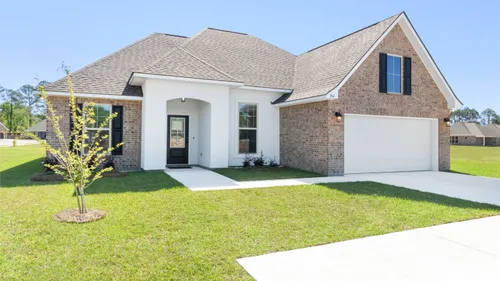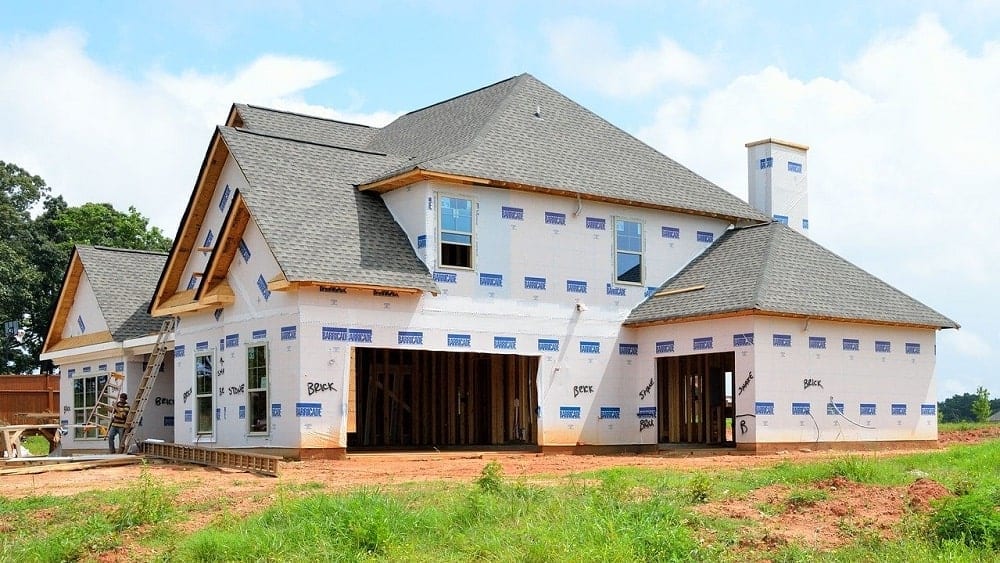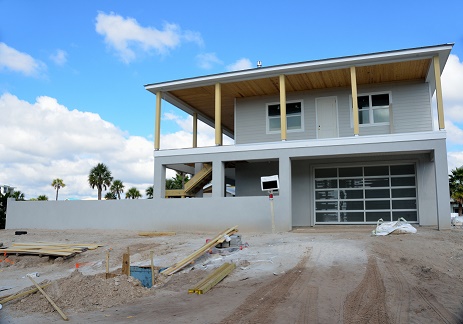Experienced General Contractor Indiana for Residential and Commercial Projects
Experienced General Contractor Indiana for Residential and Commercial Projects
Blog Article
Exactly How a General Contractor Can Change Your Typical Locations Into Practical Areas
The improvement of usual areas into useful rooms is a nuanced process that requires a general professional's competence in evaluating particular area needs and creating customized solutions. By taking into consideration elements such as format, availability, and aesthetic appeal, a professional can create environments that not only offer functional purposes yet additionally foster neighborhood interaction.
Assessing Current Common Area Demands
When examining typical locations, it is necessary to identify and comprehend the details requirements of the community they serve. This procedure starts with a comprehensive evaluation of current usage patterns, which includes celebration data on foot web traffic, top usage times, and tasks occurring within these spaces. Engaging with community members through meetings or studies can supply beneficial insights right into their preferences and obstacles.
Next, it is essential to take into consideration the market make-up of the area, including age, way of living, and any special needs that may impact exactly how these areas are made use of. Households with young kids may need play locations, while older grownups might focus on accessibility attributes.
Furthermore, examining the existing framework and features is important. Determining locations that are underutilized or in need of repair can educate prospective renovations. Working together with stakeholders, such as property managers and local organizations, makes certain that the analysis reflects a comprehensive understanding of the community's demands.
Ultimately, a careful evaluation of existing usual area requires prepares for reliable changes, enabling the production of spaces that promote interaction and boost the general lifestyle within the community.
Creating for Performance and Visual Appeal
An extensive understanding of neighborhood needs establishes the phase for reliable style that balances functionality and looks in common areas. Effective design calls for a thoughtful strategy that thinks about both the sensible uses the room and the visual appeal that improves the setting.
Practical layout entails producing rooms that deal with the specific activities and interactions of the neighborhood. This may consist of flexible seating setups for events, obtainable pathways for people with flexibility obstacles, or assigned locations for entertainment activities. Each aspect must offer a function while making sure convenience of motion and comfort for users.
Visual appeals play a vital role in fostering an inviting environment. The selection of colors, materials, and lights can significantly affect the assumption of an area. Including natural aspects, such as greenery or water functions, can improve the setting and create a soothing environment. Furthermore, lining up the style with the area's cultural identity can foster a sense of belonging and pride.
Budgeting and Resource Allocation
Efficient budgeting and resource allotment are important elements in the successful change of typical locations. A distinct budget plan describes the monetary criteria within which the job should operate, making sure that expenses are controlled and resources are properly used. This begins with a comprehensive evaluation of job demands, consisting of design components, products, and labor.

A general specialist plays an important role in this phase, collaborating with stakeholders to establish reasonable budget quotes that straighten with the intended vision. By focusing on necessary functions and exploring cost-effective options, the professional can enhance spending without endangering top quality.
Resource allowance requires tactically assigning employees, devices, and products to different stages of the project (General Contractor Indiana). This calls for careful planning to avoid hold-ups and make sure that each element is supplied promptly. Furthermore, regular tracking of expenditures against the budget plan assists to determine possible overruns early, permitting prompt modifications
Managing Building Process Successfully
Managing the building process efficiently is crucial for achieving prompt job completion and preserving budget integrity. A well-coordinated method involves precise preparation, clear interaction, and reliable resource monitoring. General service providers must establish an in-depth job timeline that outlines each phase of construction, enabling the identification of vital turning points and possible bottlenecks.
Regular development conferences are essential for maintaining all stakeholders notified and straightened. These conferences facilitate the prompt resolution of problems, ensuring that the job remains on track. In addition, utilizing project management software can streamline interaction, track progression, and manage documentation, reducing the chance of misunderstandings and hold-ups.
Efficient resource allotment is likewise vital. By making sure that materials, labor, and tools are available when required, basic specialists can protect against expensive interruptions. Implementing an aggressive strategy to run the risk of management more boosts go to the website effectiveness, as it enables the recognition and reduction of prospective difficulties before they escalate.

Making Sure Conformity and High Quality Criteria
Conformity and quality criteria are essential to the success of any type of building and construction project, making sure that the ended up rooms not only fulfill customer assumptions but additionally follow governing demands. A general specialist plays a crucial role in imposing these criteria throughout the building and construction procedure.
First, it is important for the contractor to stay updated on neighborhood building codes, security guidelines, and market best methods. This expertise enables them to lead design options and product options that line up with compliance standards. Normal examinations and high quality analyses during the construction phase help to identify potential problems early, reducing expensive delays and rework.
In addition, a trustworthy general professional fosters a culture of high quality amongst employees and subcontractors. This can be accomplished by supplying training on conformity protocols and carrying out stringent quality assurance procedures. By establishing clear interaction networks, the service provider can make certain that every person involved comprehends their duties regarding conformity and quality.
Conclusion
Finally, the function of a basic contractor in changing common areas into practical areas is critical. Via an extensive analysis of neighborhood needs, thoughtful design, precise budgeting, and reliable job administration, these specialists can create atmospheres that boost use and visual charm. Adherence to conformity and top quality standards even more ensures that rejuvenated spaces not only satisfy the assumptions of stakeholders however additionally foster involvement and enhance the total experience for all individuals within the area.
The improvement of typical locations right into practical rooms explanation is a nuanced process that requires a general contractor's knowledge in evaluating specific community requirements and creating customized remedies. By taking into consideration factors such as format, ease of access, and aesthetic charm, a professional can create environments that not only serve useful objectives yet likewise foster area involvement. General professionals have to develop an in-depth project timeline that details each stage of construction, enabling for the recognition of critical turning points and potential bottlenecks.

Report this page